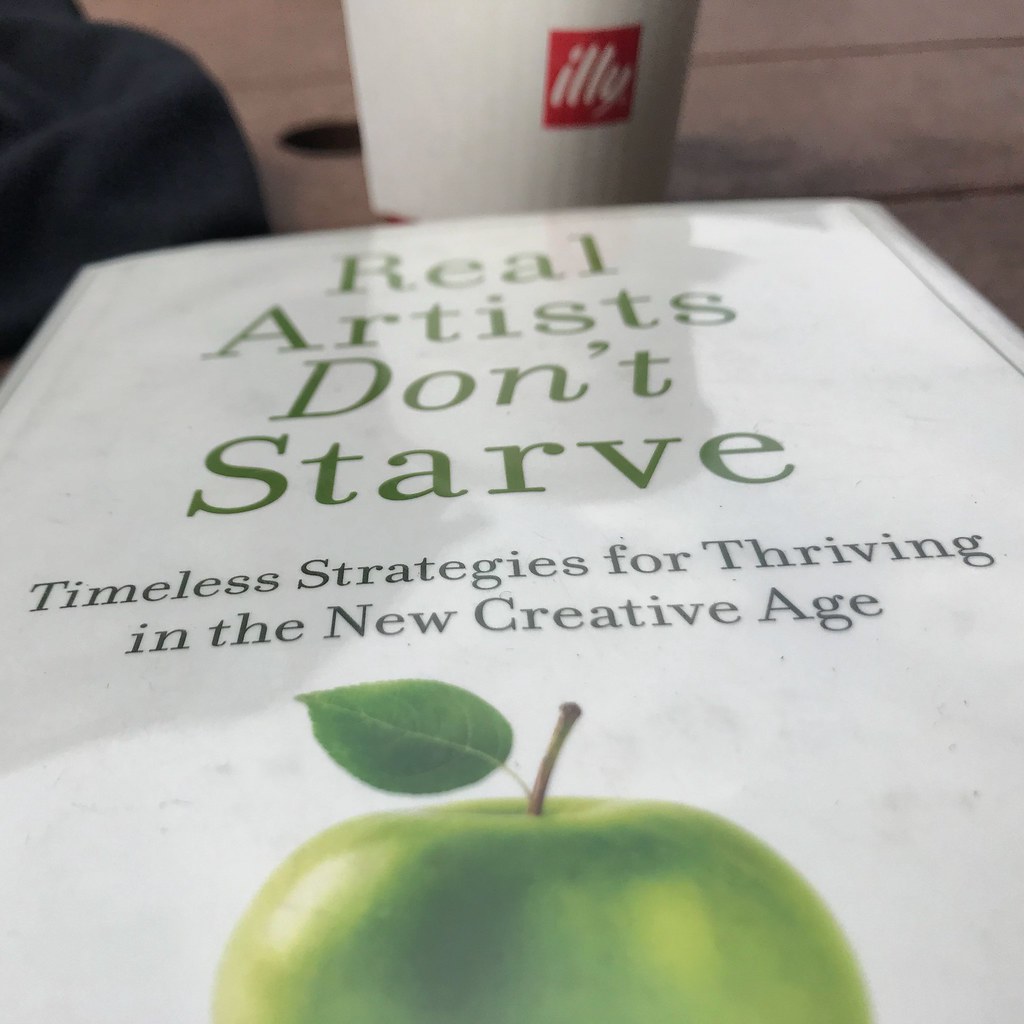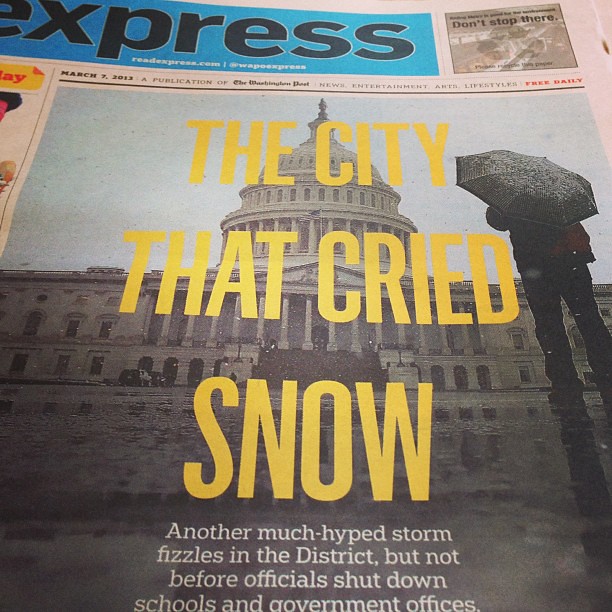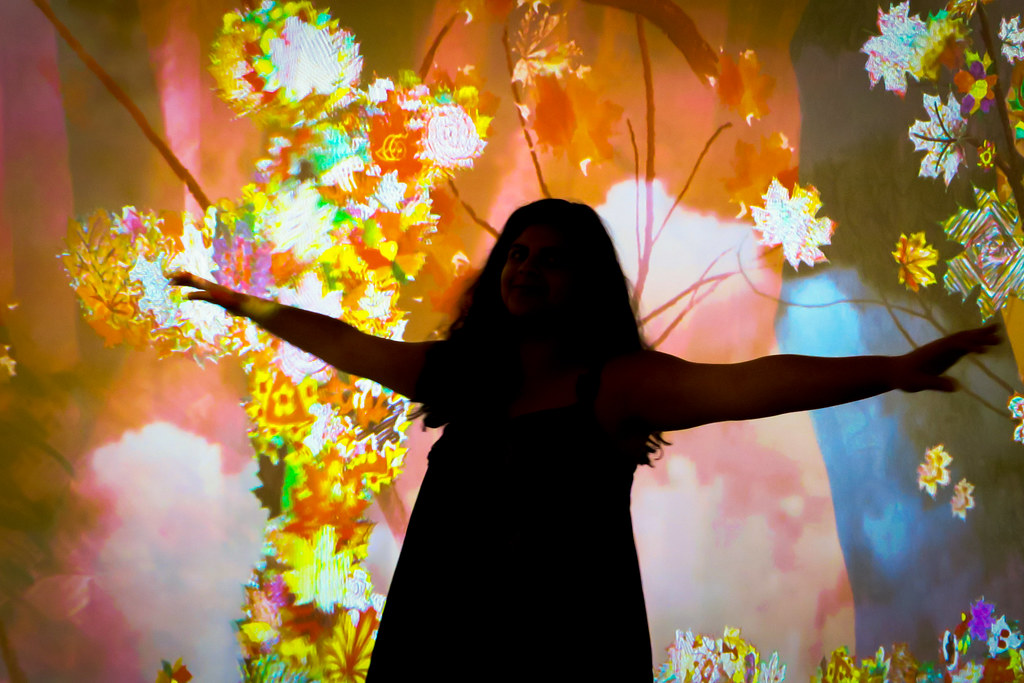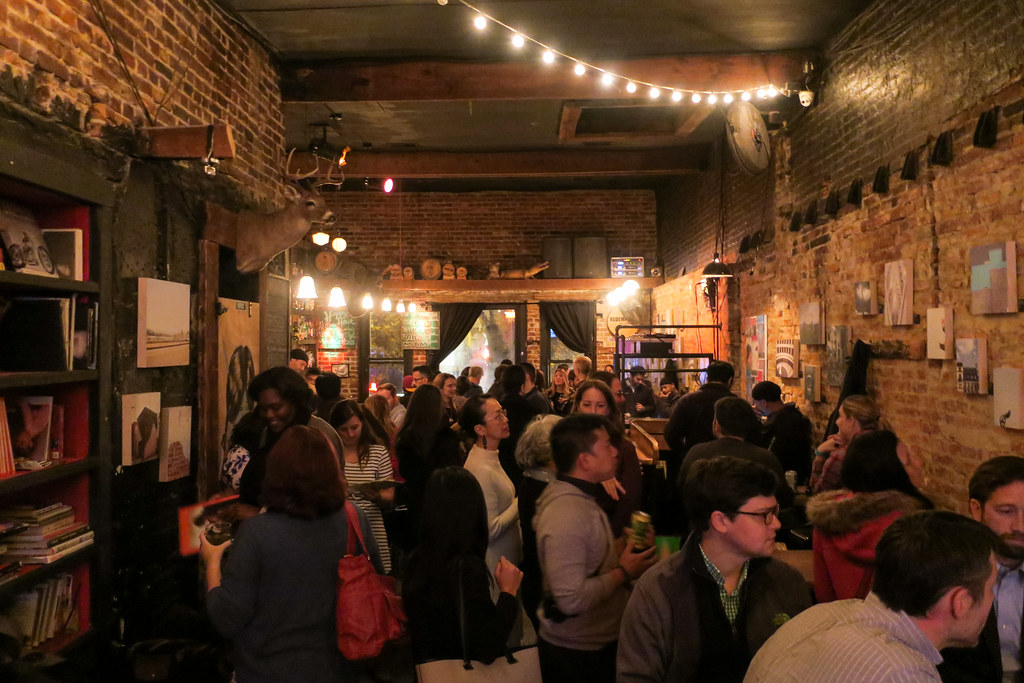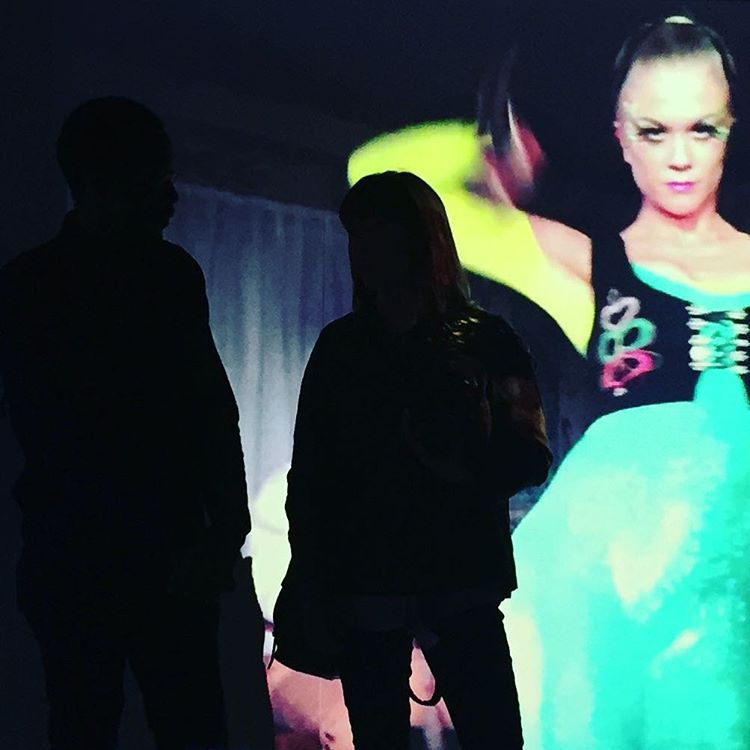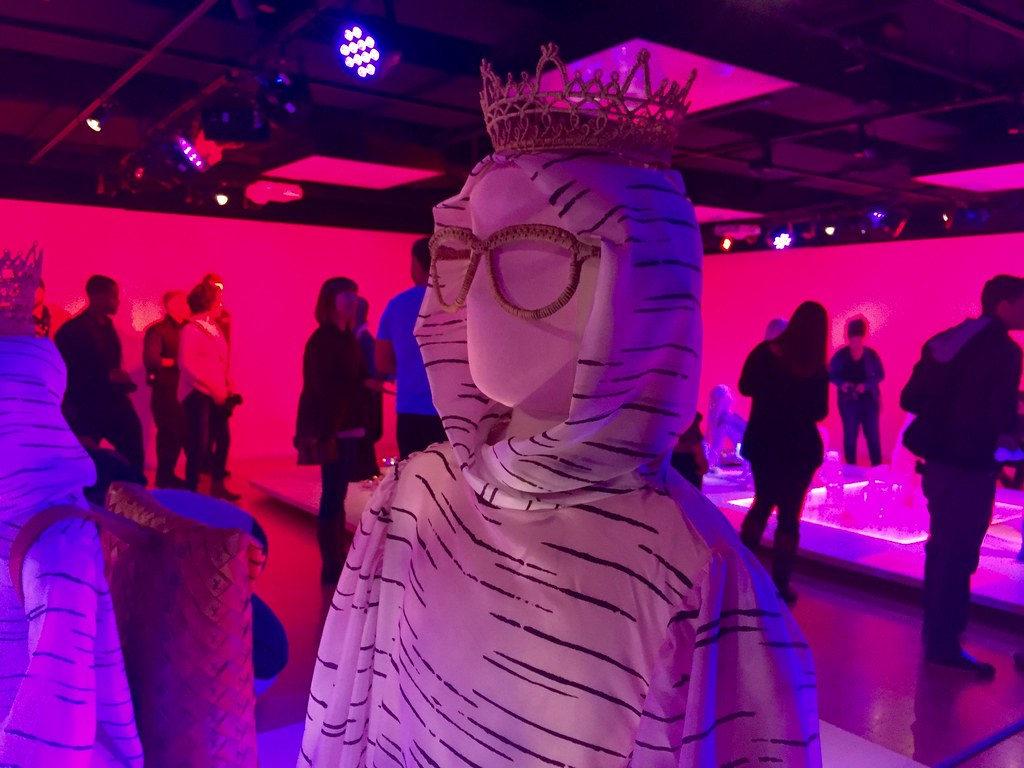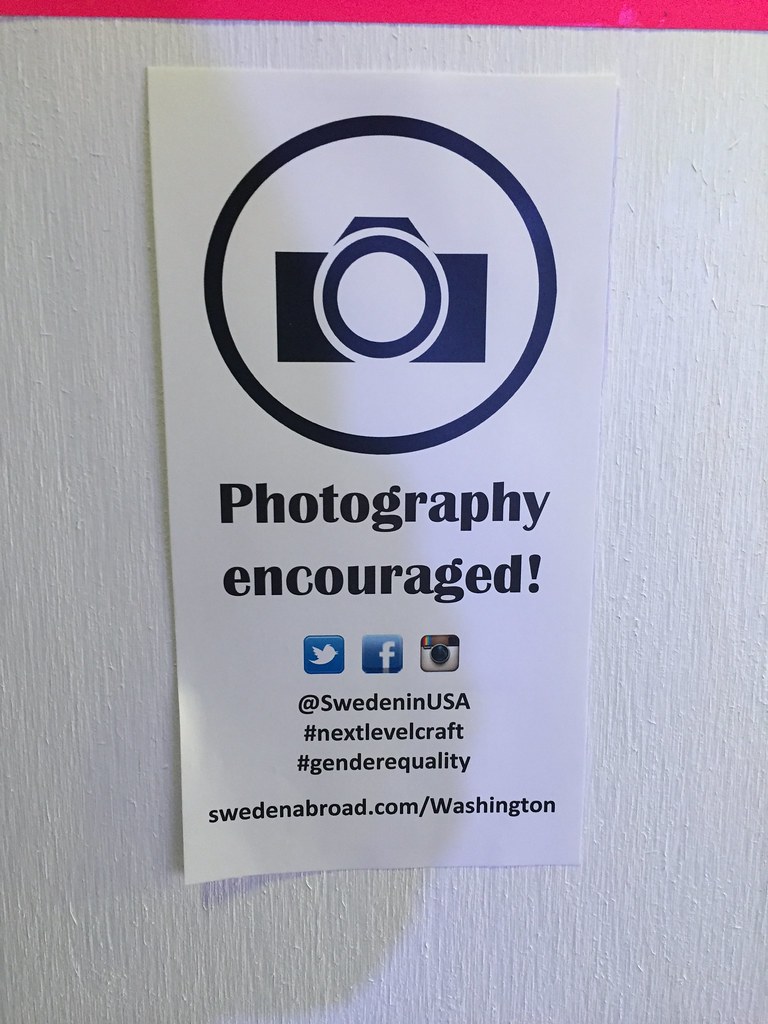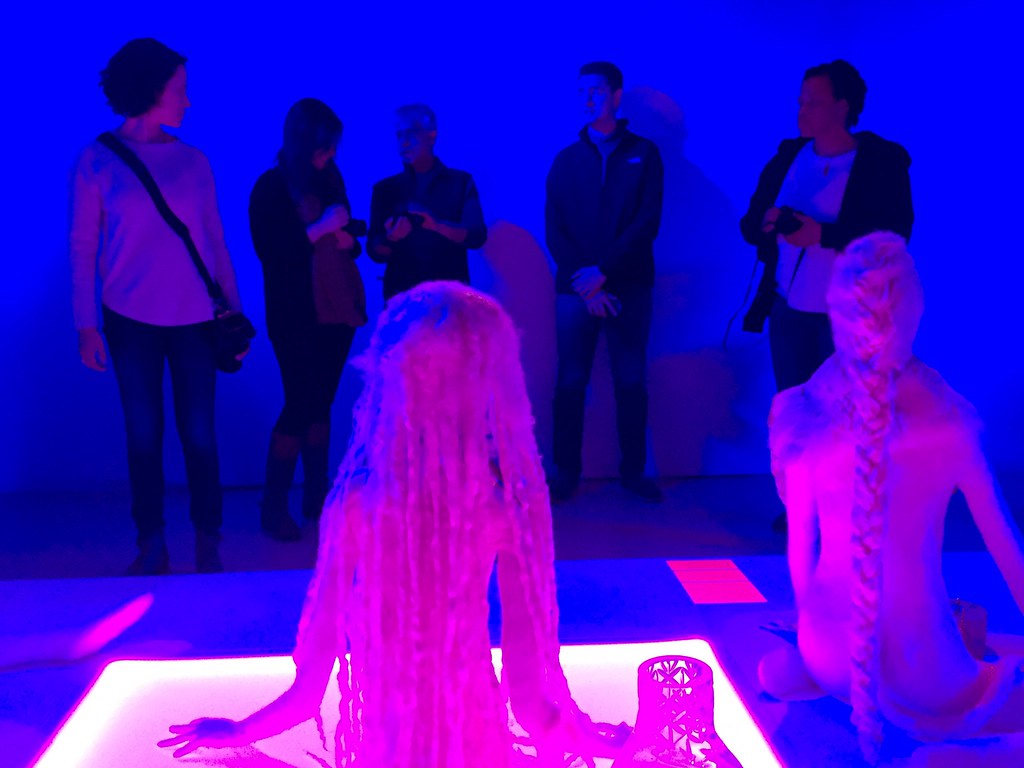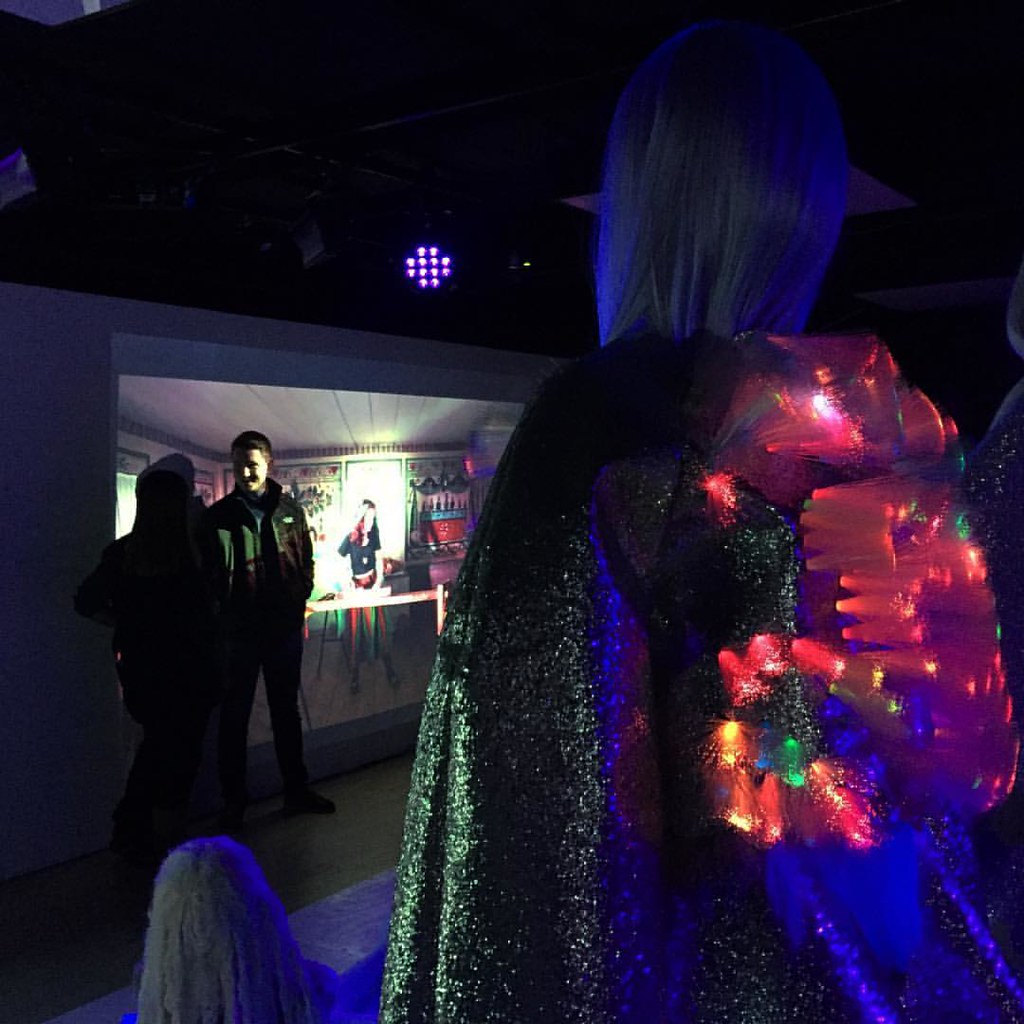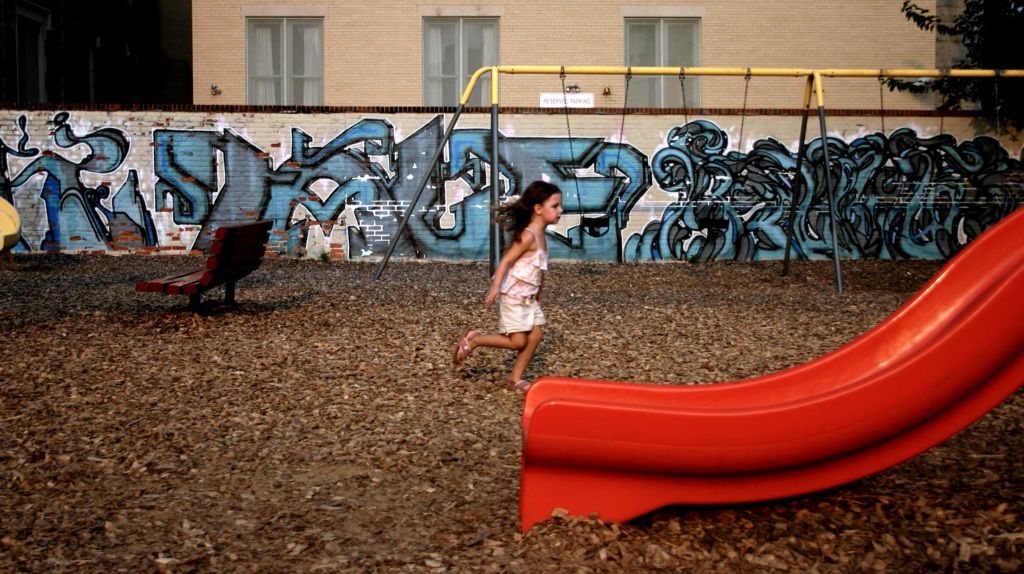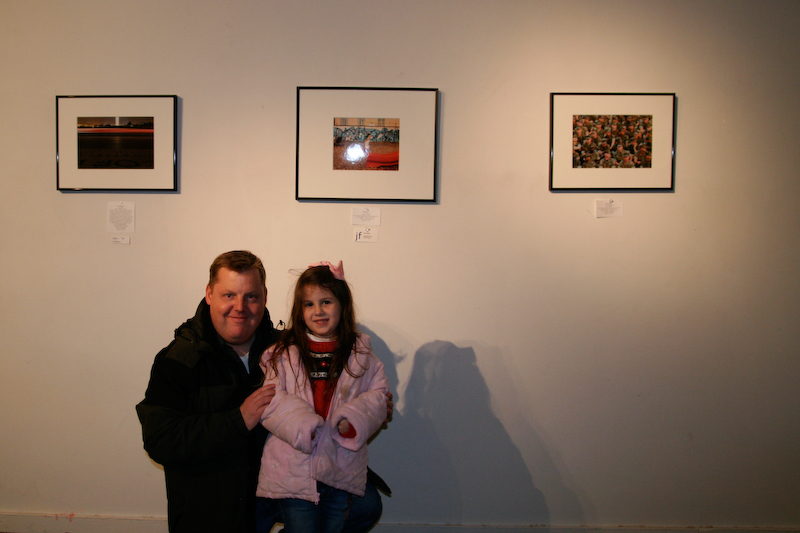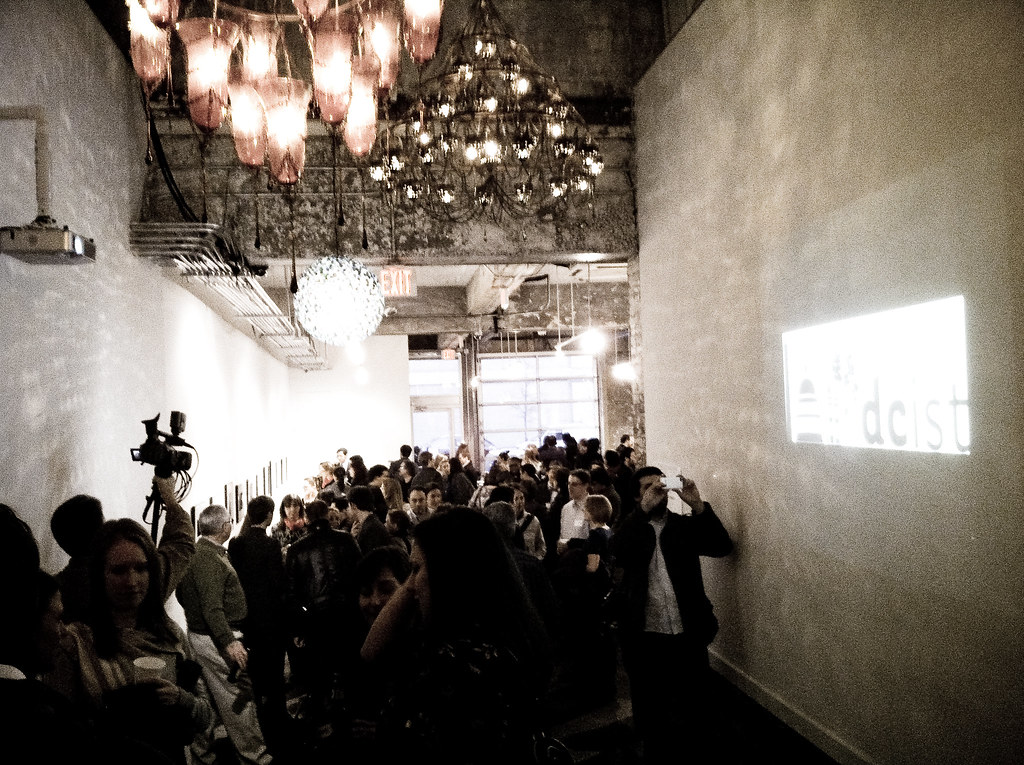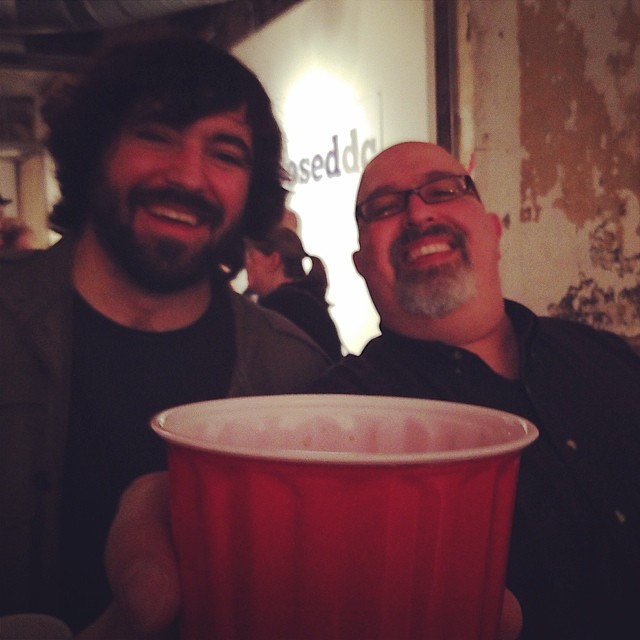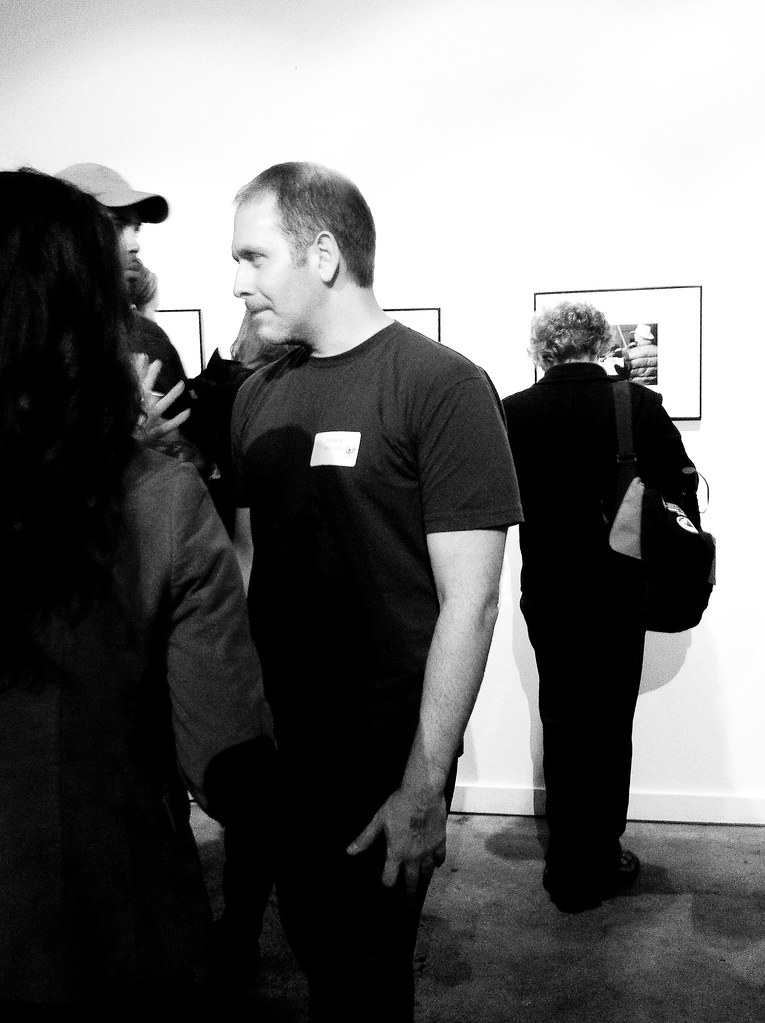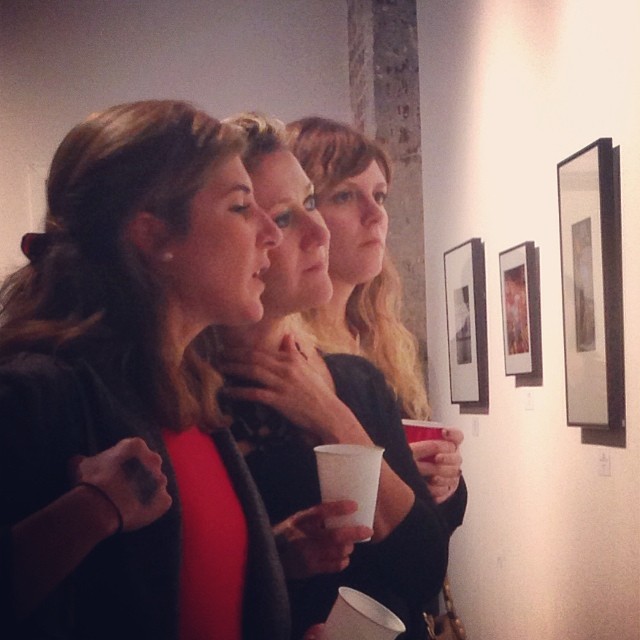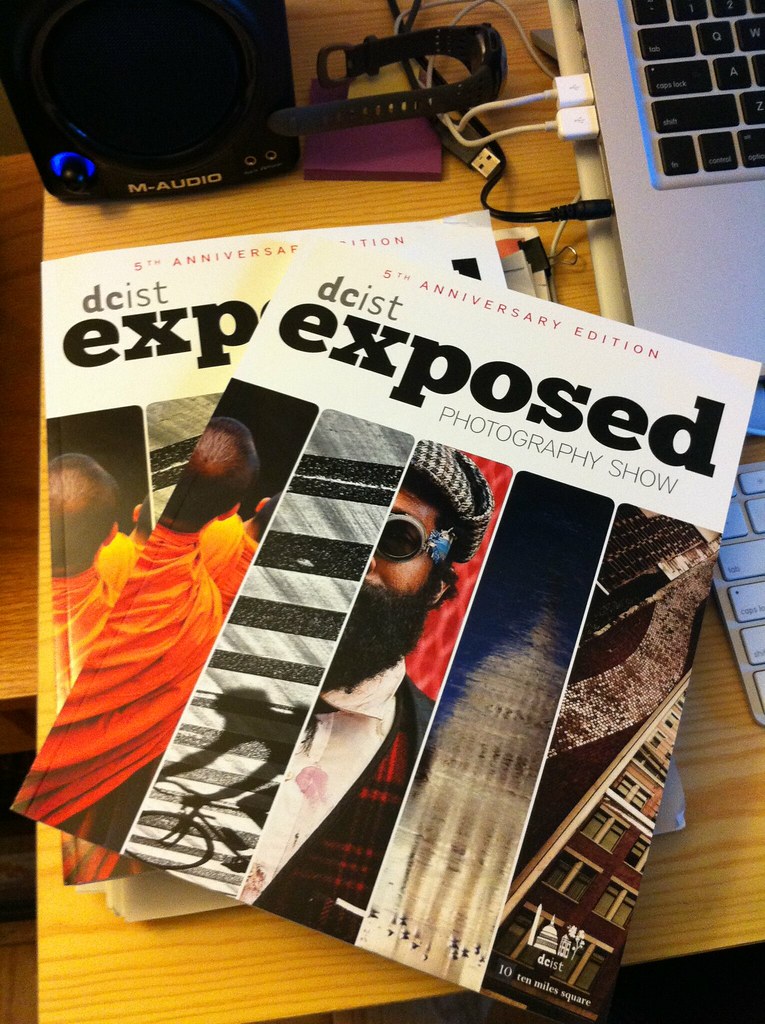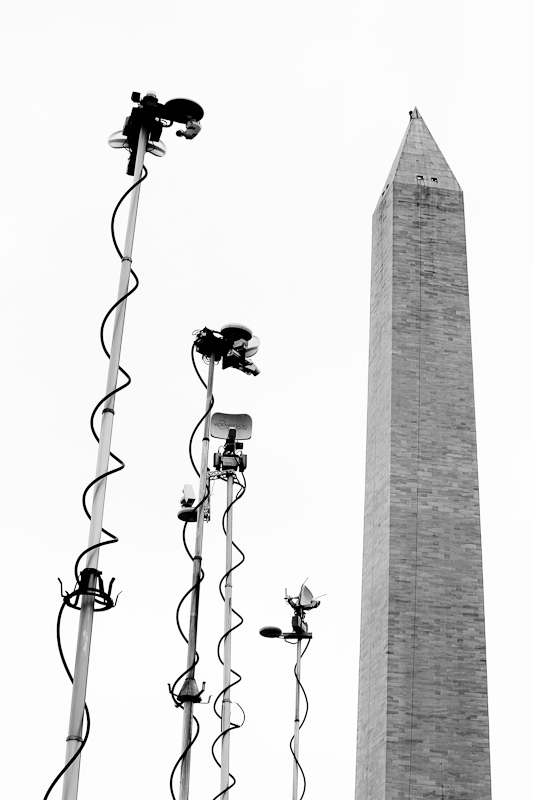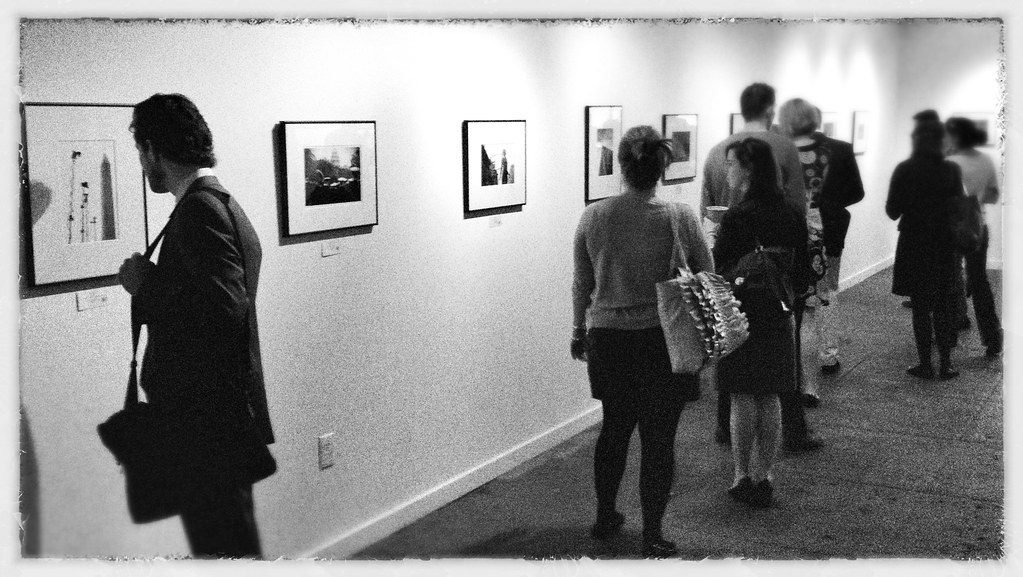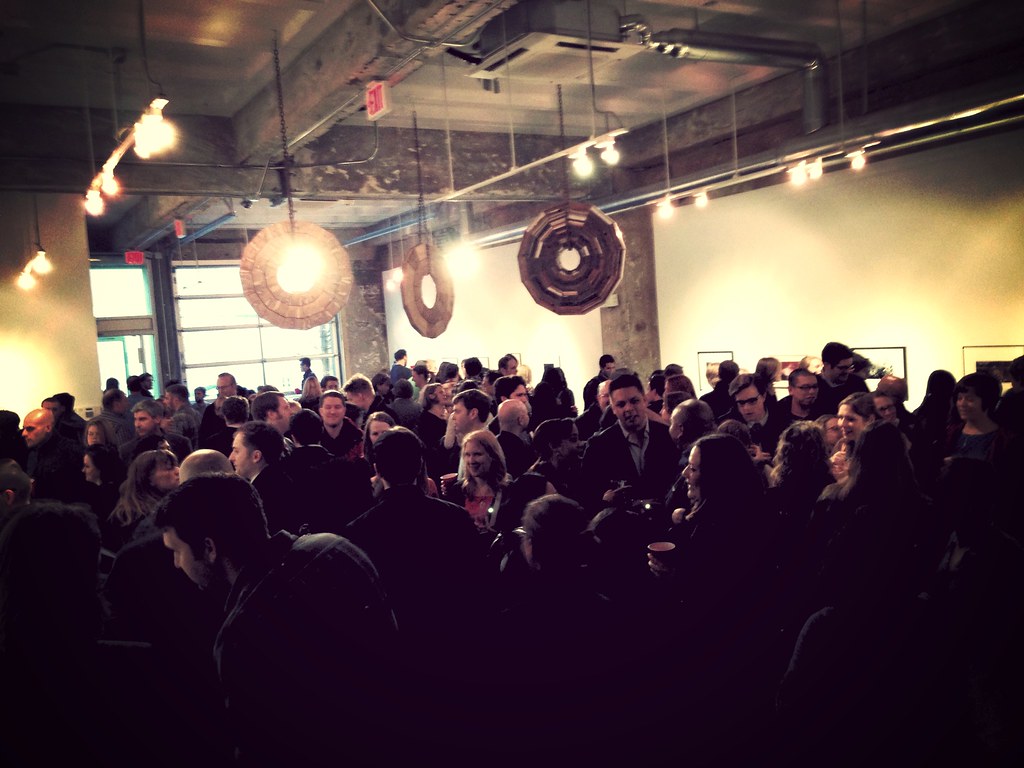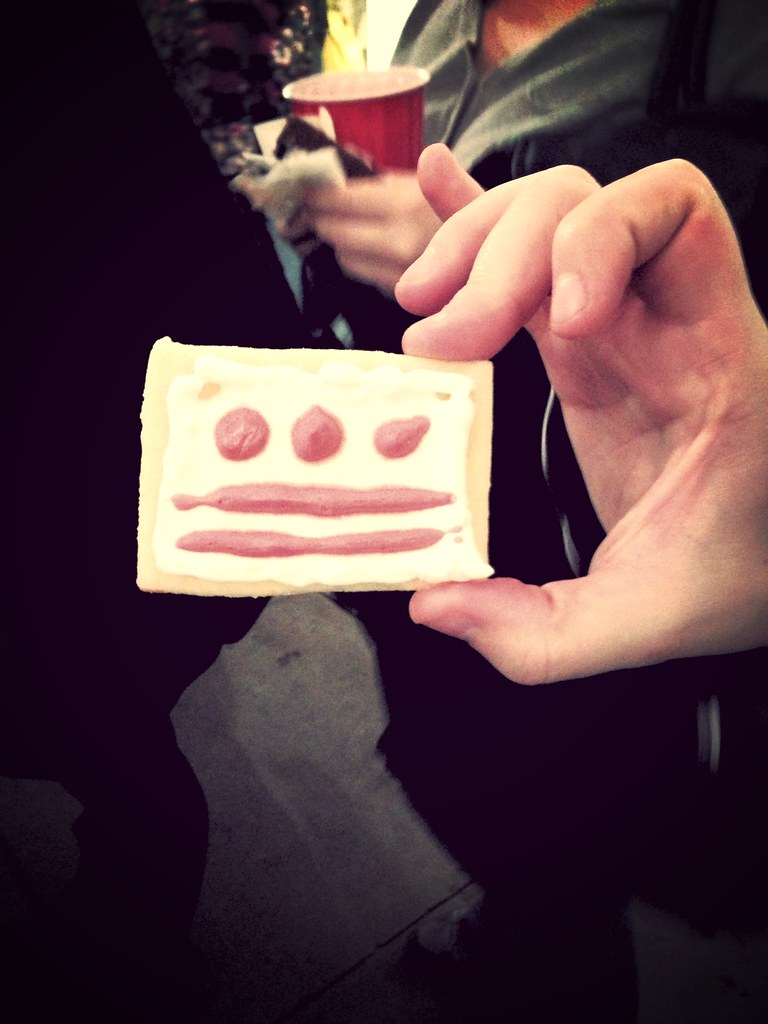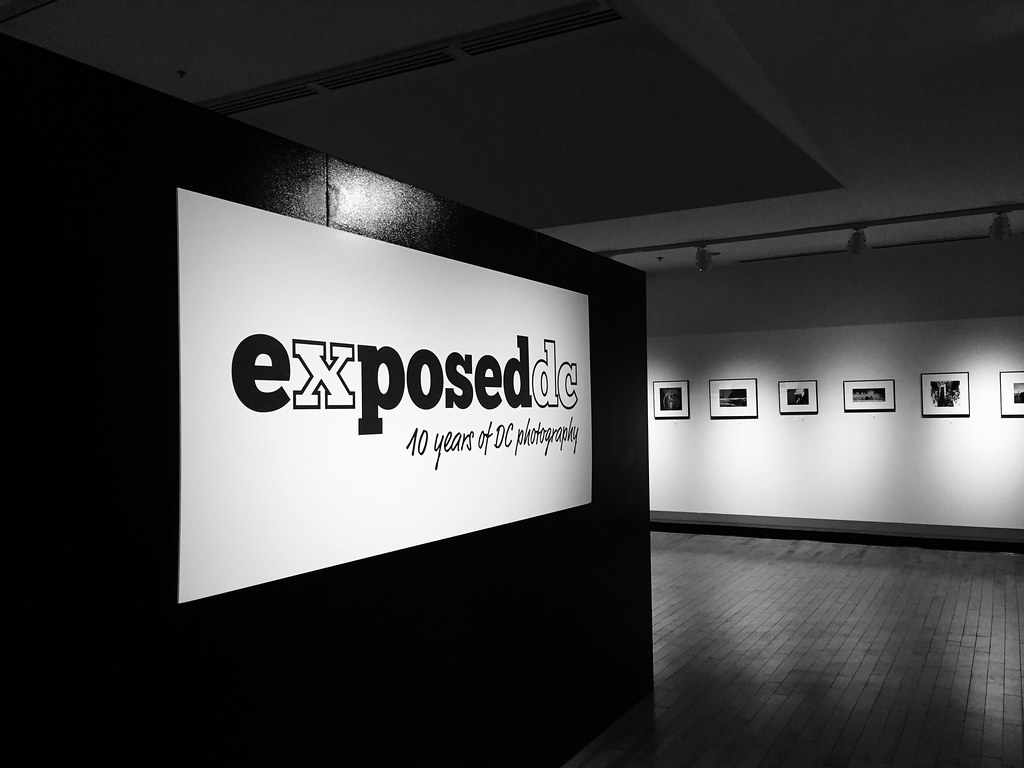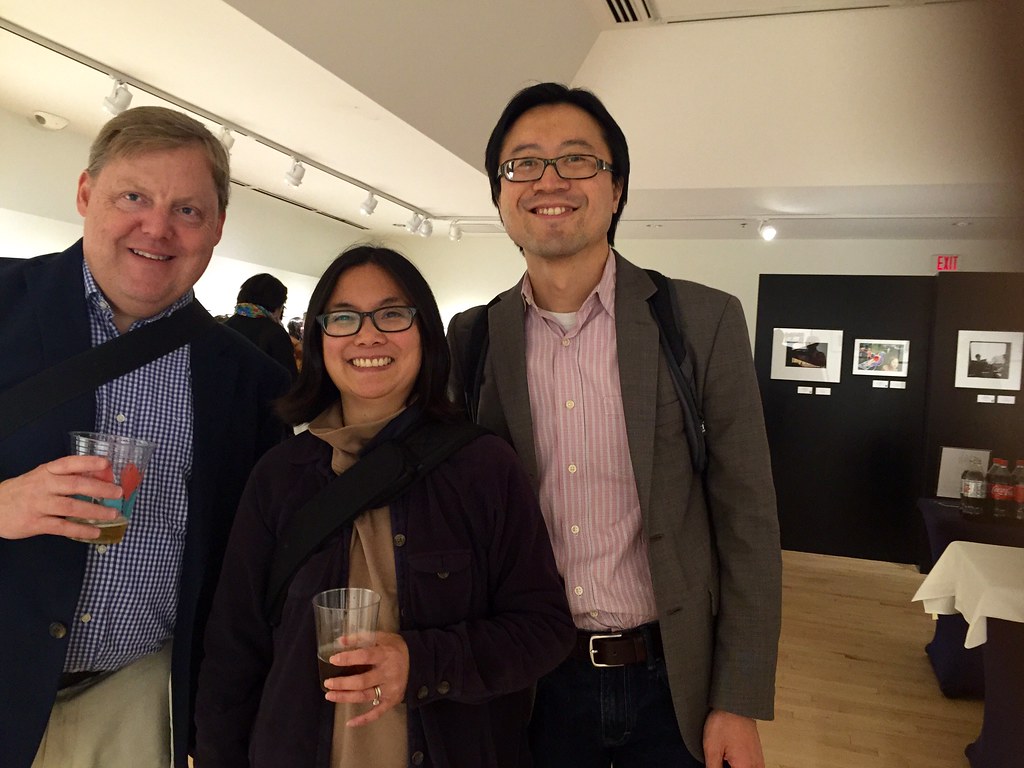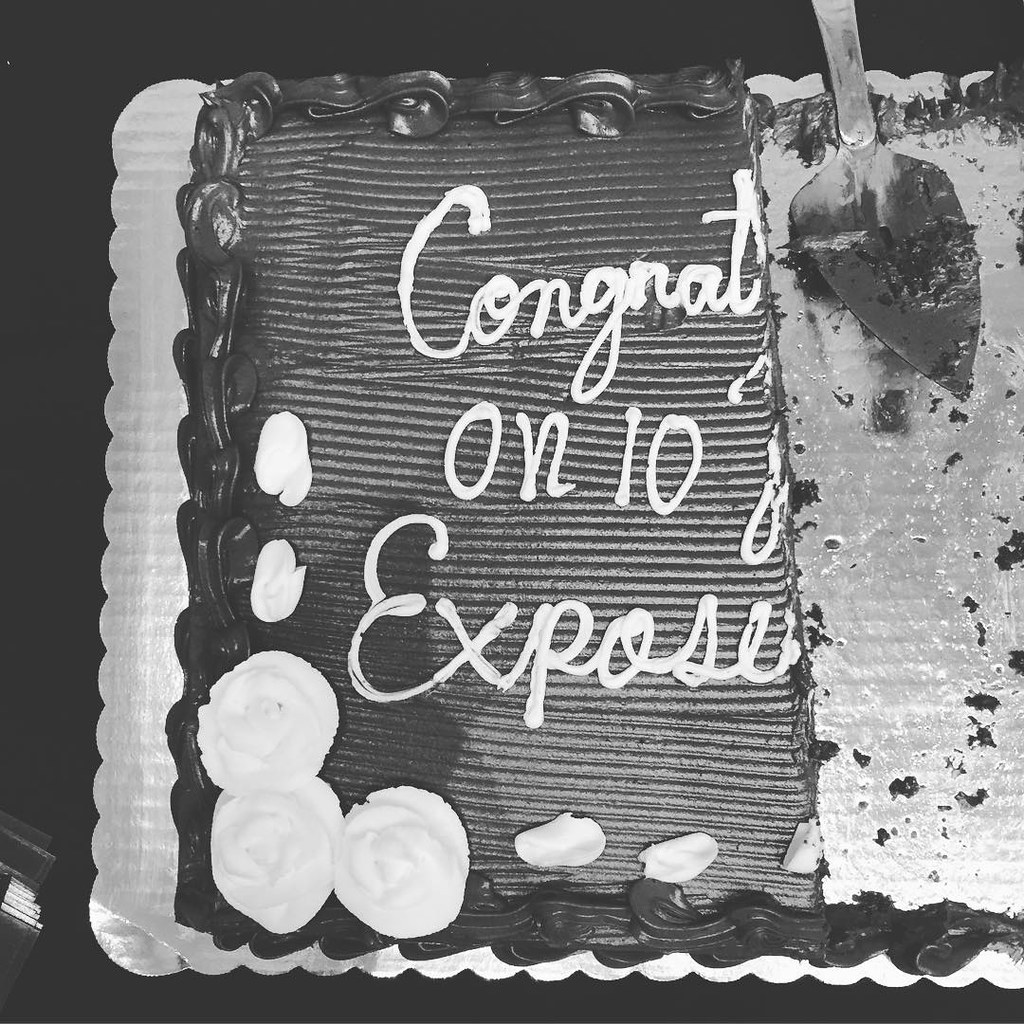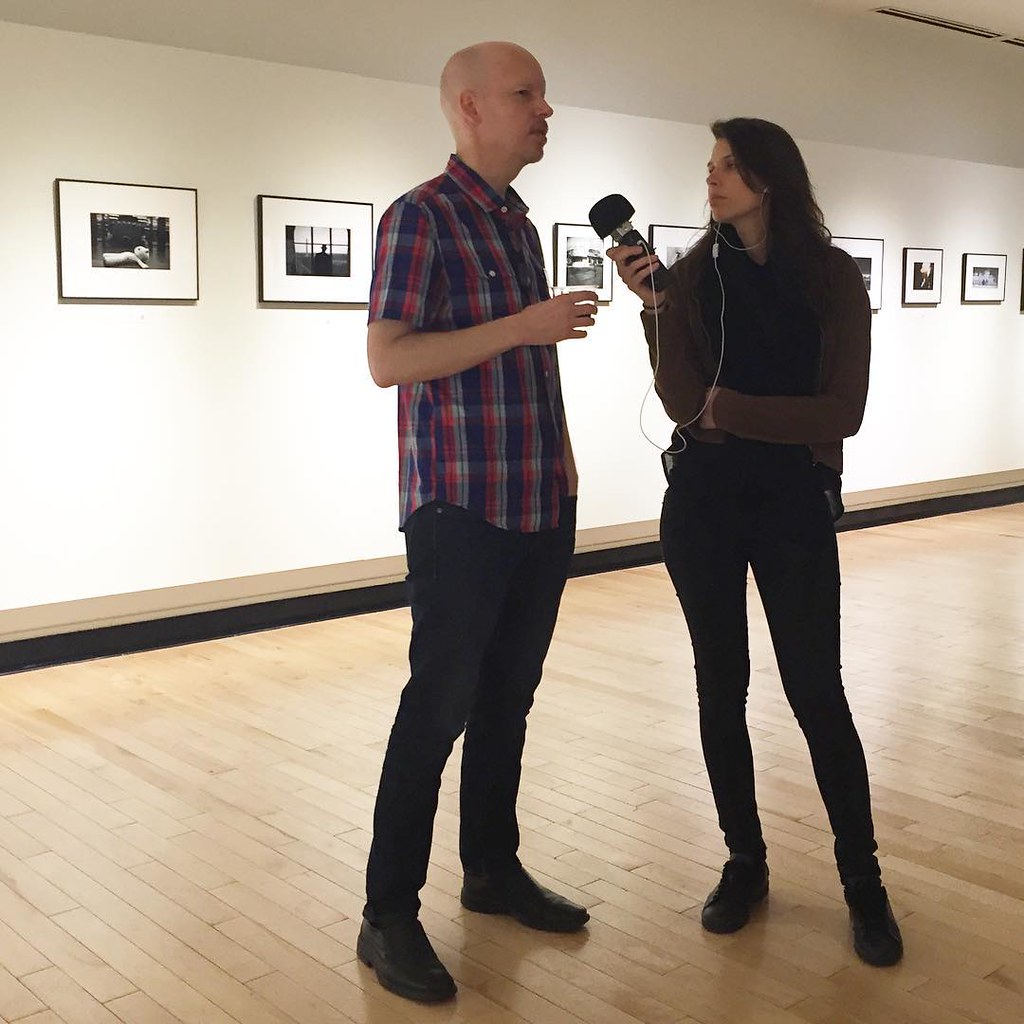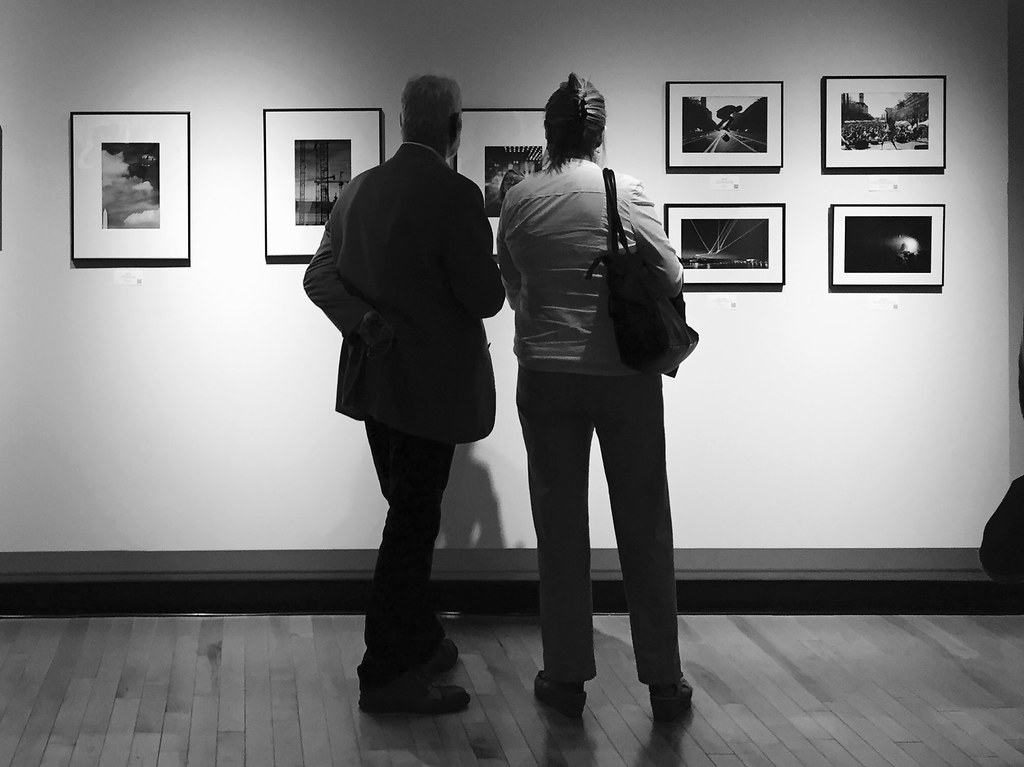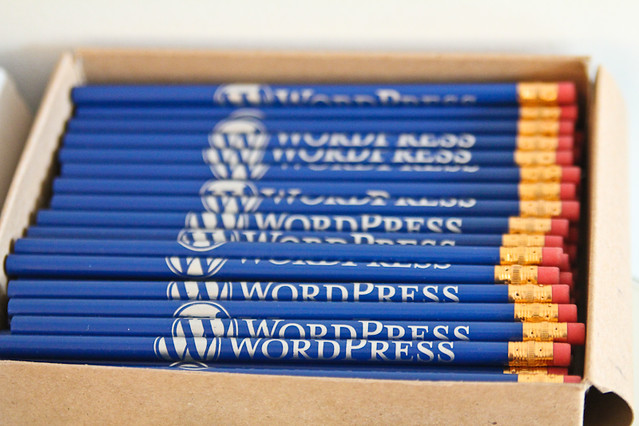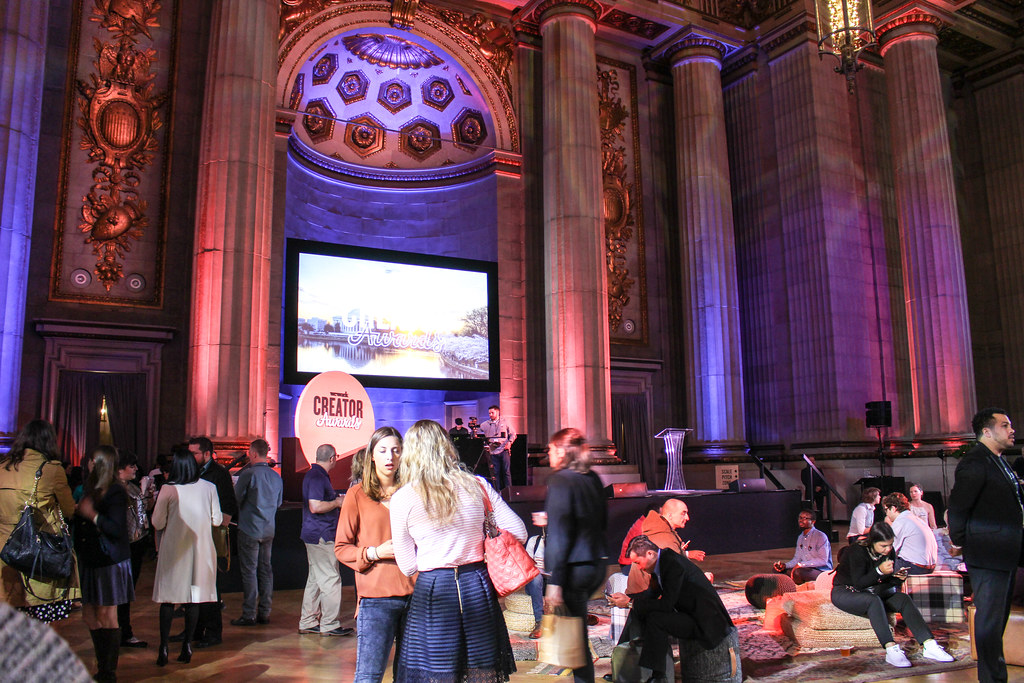
There is money in coworking…
That was my thought upon entering the vast Mellon Auditorium on Constitution Avenue in Washington, DC. Located within view of the Washington Monument, this building with its Doric columns is such a classic of the DC genre that it has filled in as the Capitol in TV shows such as Veep and The West Wing.
Inside, you walk though a 20-foot tall arch and onto the marble floor of the lobby, where I was immediately served a drink, a delicious concoction of grapefruit juice and tequila. Black-clad waiters approached with bite-sized empanadas and spring rolls.
I was at the WeWork Creator Awards. The coworking company has committed over $20 million to empower creators around the world. Applicants pitch their ideas for grants to incubate, launch and scale their businesses. I went because techies always have the best parties.
Inside the auditorium, with its marble columns stretching upwards and a DJ playing, attendees got what was described as the full WeWork experience: educational workshops, job fairs, pop-up markets, live entertainment, and plenty of inspiration.
And plenty of drinks, as this crowd of PR people, entrepreneurs, WeWork members and creative types (like me), mingled and purchased items from local vendors. Entering the hall, I was handed a $50 chit to buy stuff which I used on a couple of t-shirts from No Kings Collective.
Half-drunk on tequila, with a bag full of free swag, it hit me: there is money in coworking. We’re talking 1999 dotcom money or SXSW excess, both of which I witnessed as a web person working on the content side. The WeWork party, with its open bar and air of excitement, reminded me of SXSW parties in Austin, circa 2008, when social media was on the rise. This time, the new new thing is coworking, which are shared workplaces where you can rent a desk or an office on a monthly plan.
I talked to a young woman from another coworking company who said WeWork was a billion-dollar company, which stunned me. How could renting office space be so profitable?
But her figure was wrong. WeWork is actually a $16 billion dollar company! Investors are betting big that coworking is the future.
Having spent far too much time in the beige cubicles of government offices, I see the attraction of coworking. A few weeks earlier, I visited WeWork White House, which looks like a Hollywood set designer’s idea of a workplace rather than the Office Space environments that are norm in America. It’s a big, beautiful, bright space, set across two floors, including a coffee bar and a roofdeck with a view of monumental DC. A dream office, in other words.
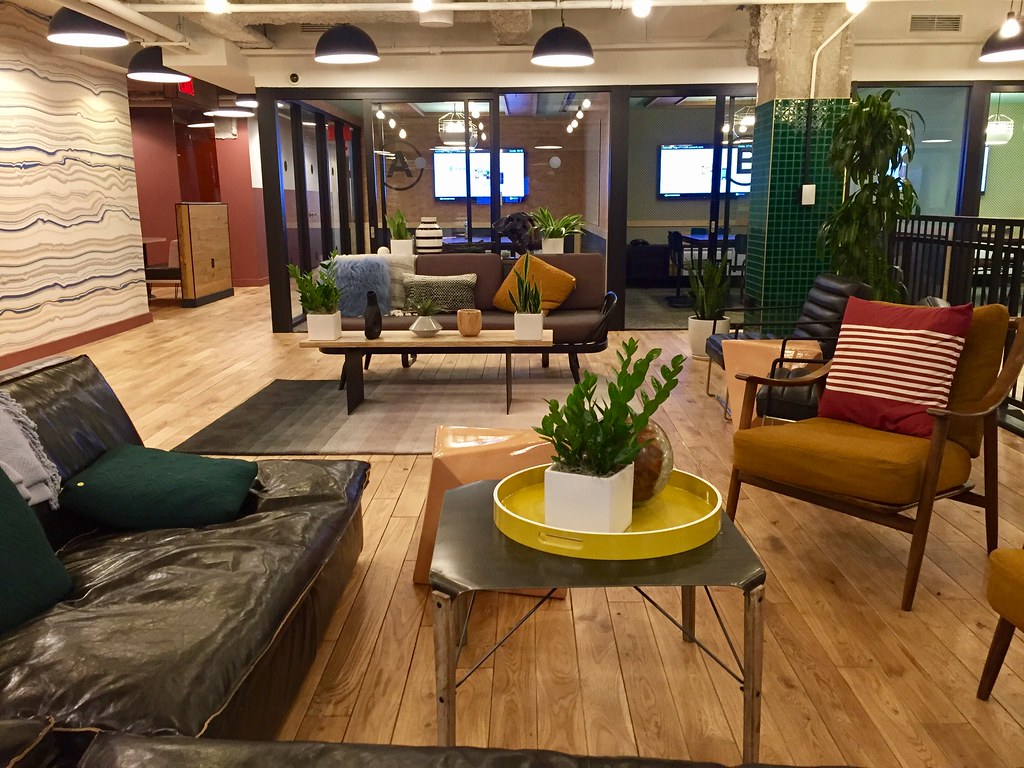
I thought coworking was just for freelancers. It’s also for small nonprofits and companies wishing to provide flexibility to their employees. At the WeWork White House, I met a woman working for an international organization with headquarters overseas, as well as a small business offering babysitting services. They had an office set up to do headshots for babysitters.
It was a happy place. And no wonder. With more control over their environment and a sense of community from working in a hive of creative folks, coworkers derive a stronger sense of meaning than cubicle-dwellers.
But what’s the attraction for business? Setting up an office is hard. A friend of mine looked for more than a year to find space for his young company. And once finding the space, had to retrofit it to make it ADA-compliant and fight with the local telecom for months just to get online.
In contrast, a coworking space offers you the ability to just move in and get to work. The WeWork White House is ideal for companies that want a Washington presence without the hassle of renting real estate in DC.
It’s big business. More than a million people will cowork this year, according to a survey by Deskman. By the end of the year, around 14,000 coworking spaces will be in operation worldwide.
Coworking is more than just shared office space. It’s a worldwide movement away from boring cubicles and into more flexible and fun space led by companies seeking to save money and freelancers searching for a sense of community.
There is money in coworking, as WeWork demonstrates. It’s the future – hopefully – for all of us who seek creative space and support to do our best work.

